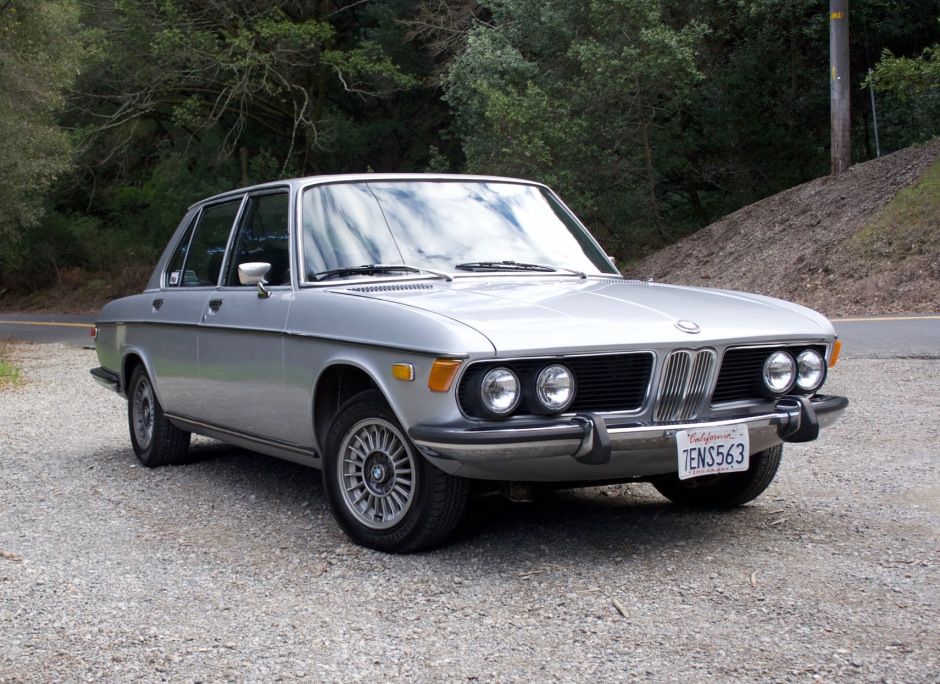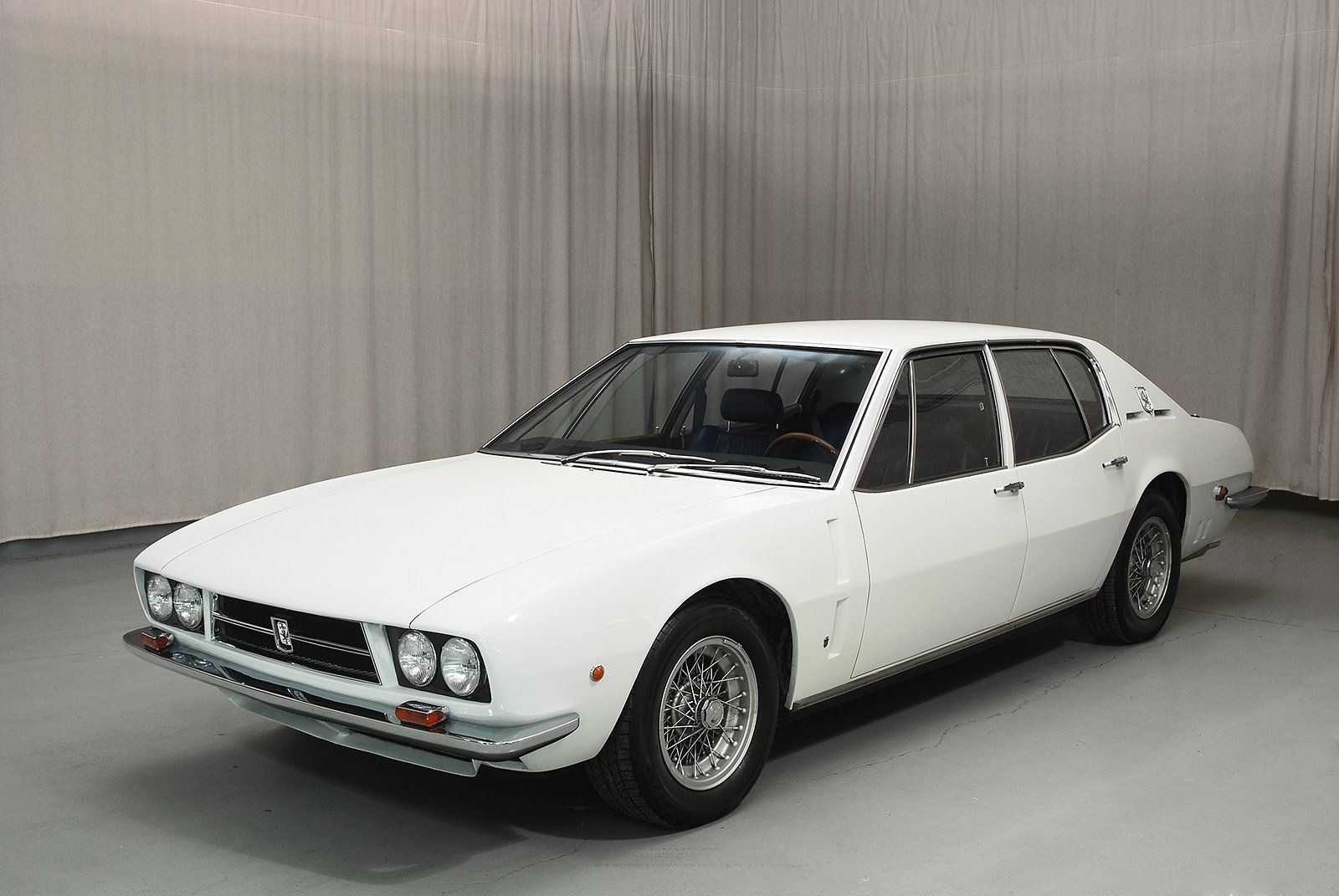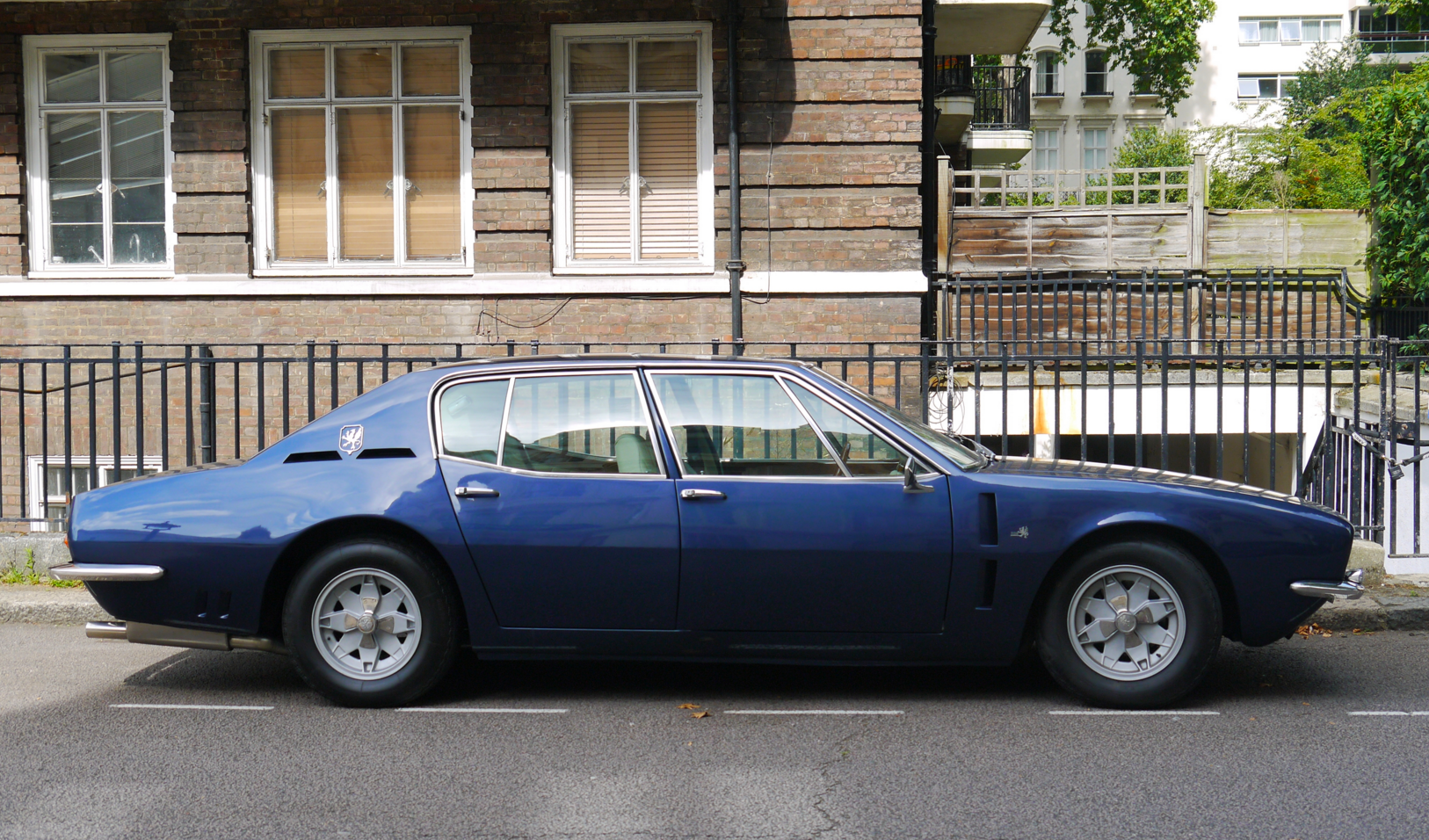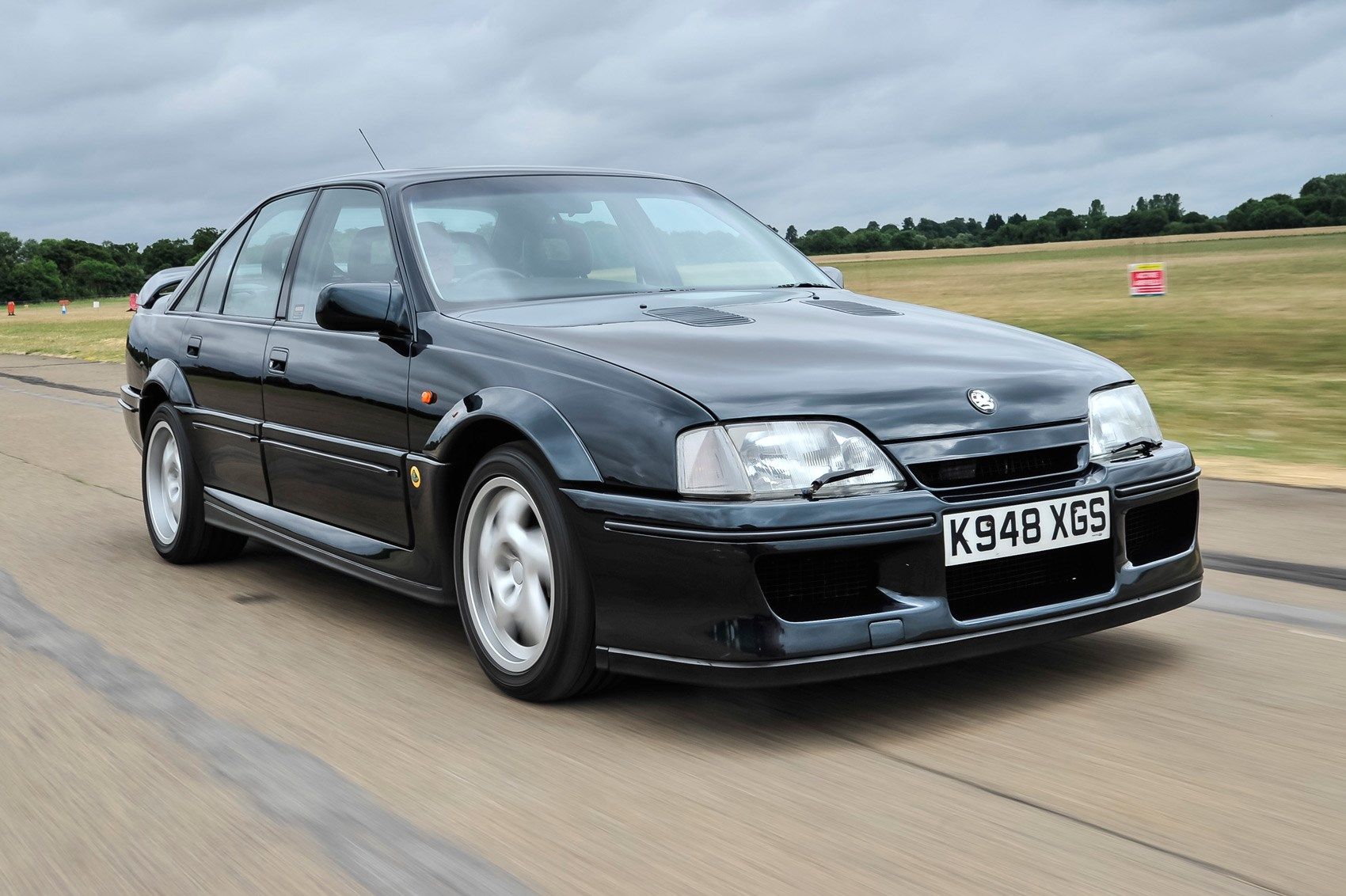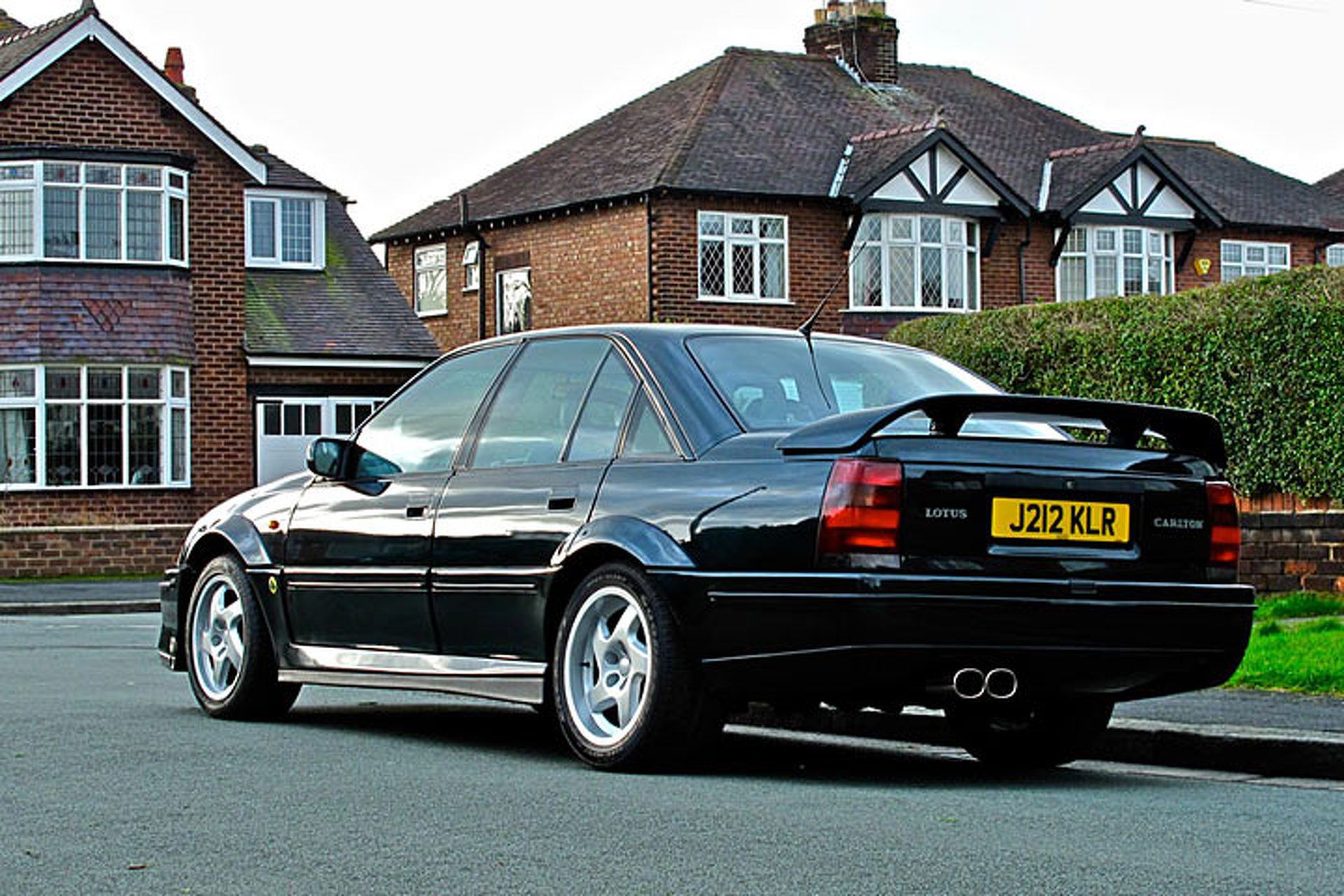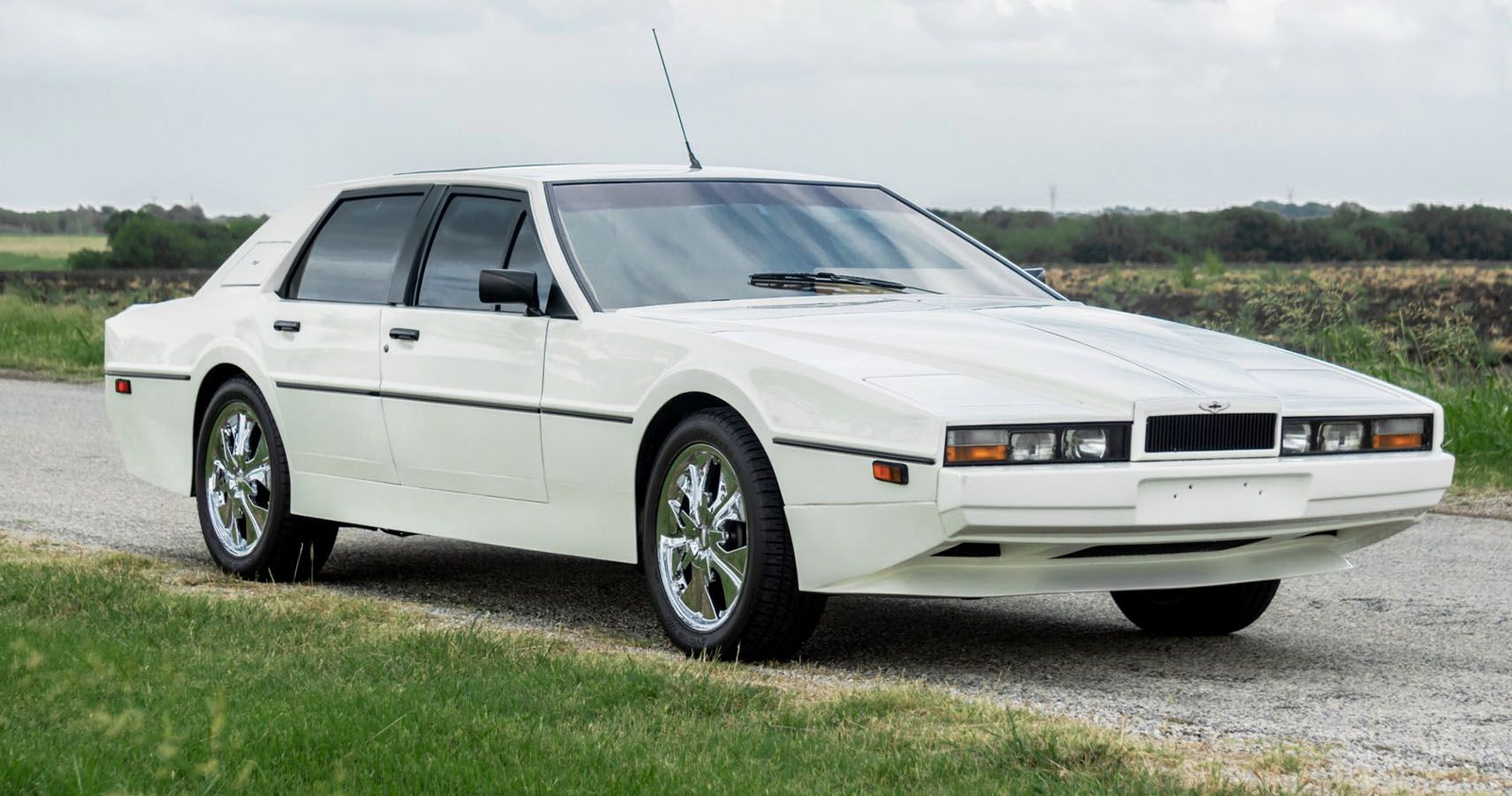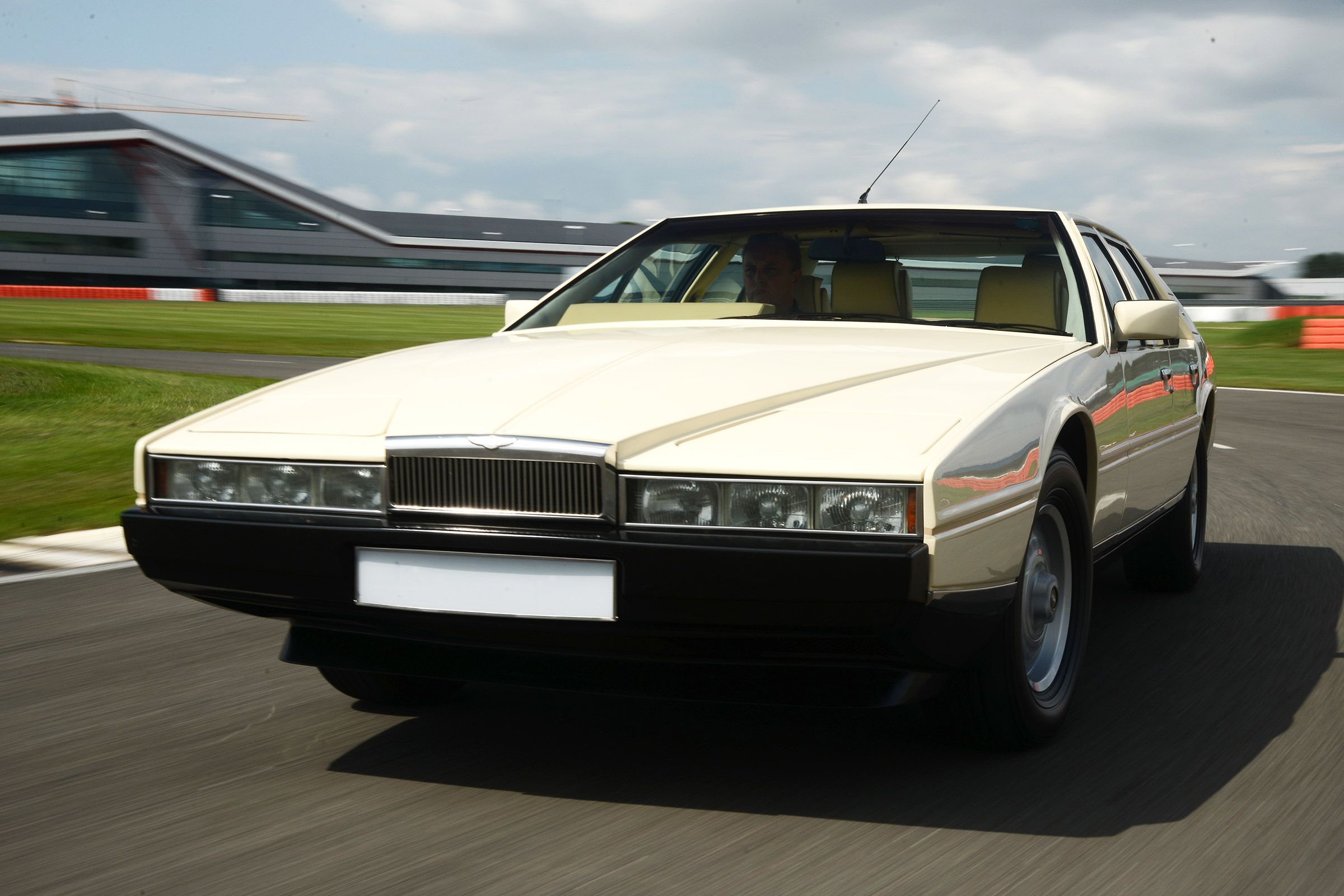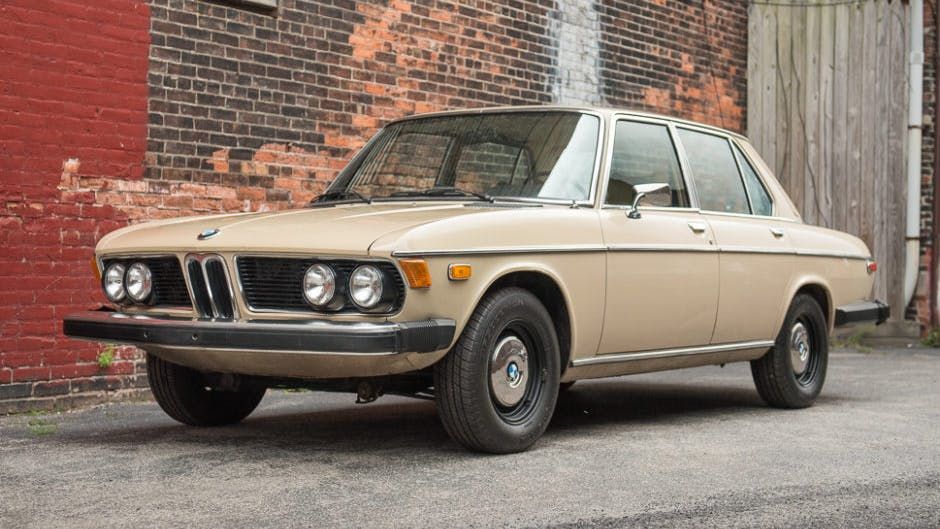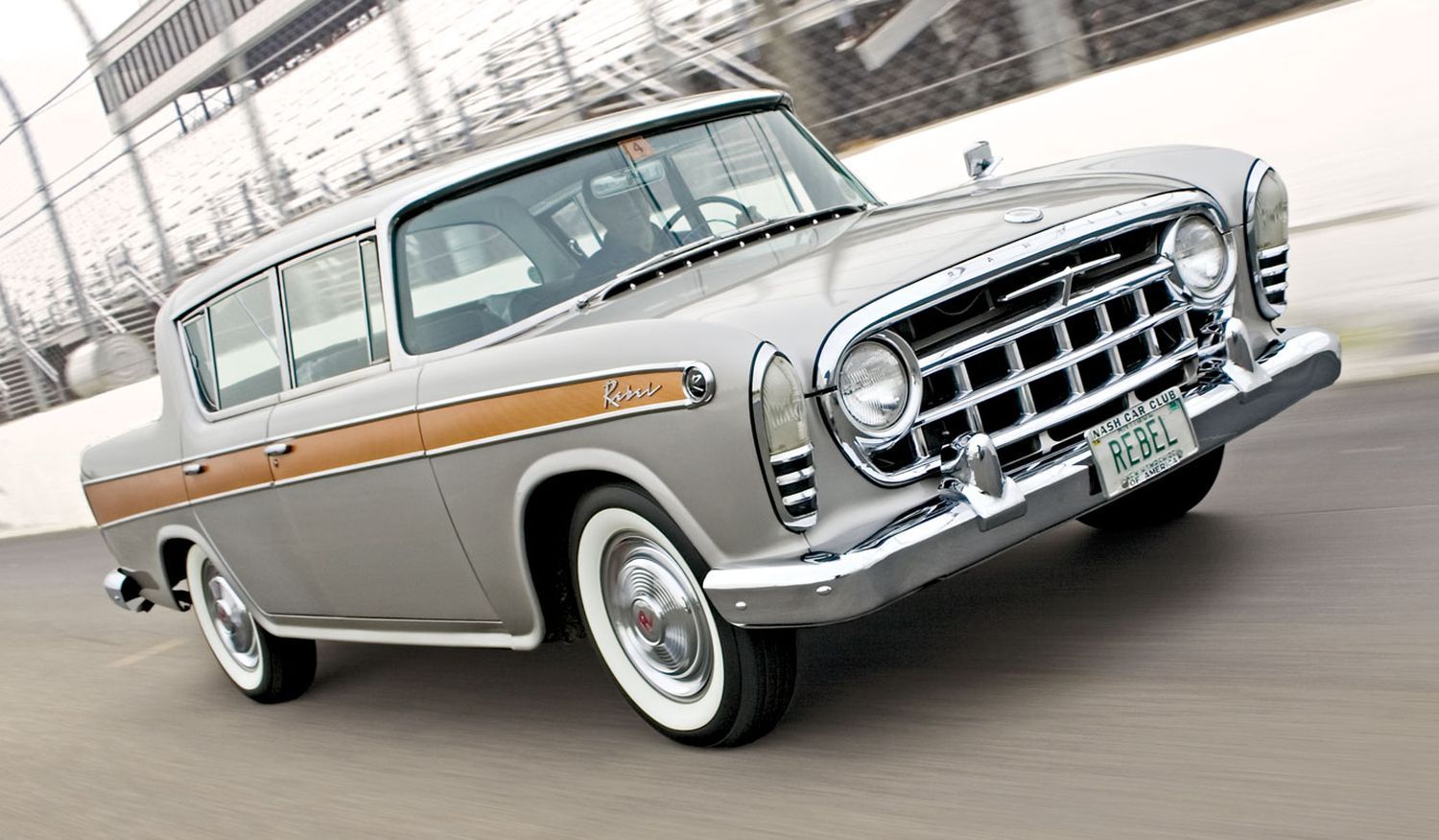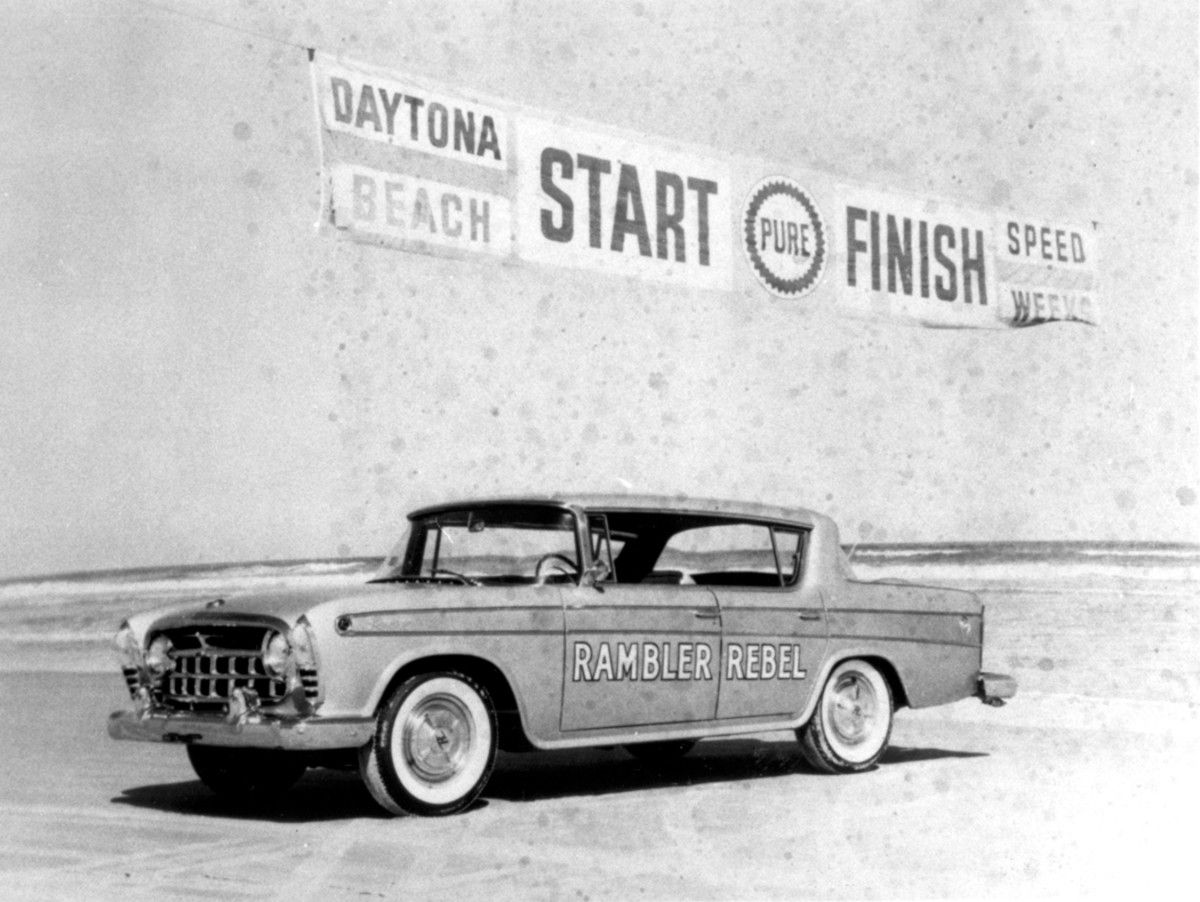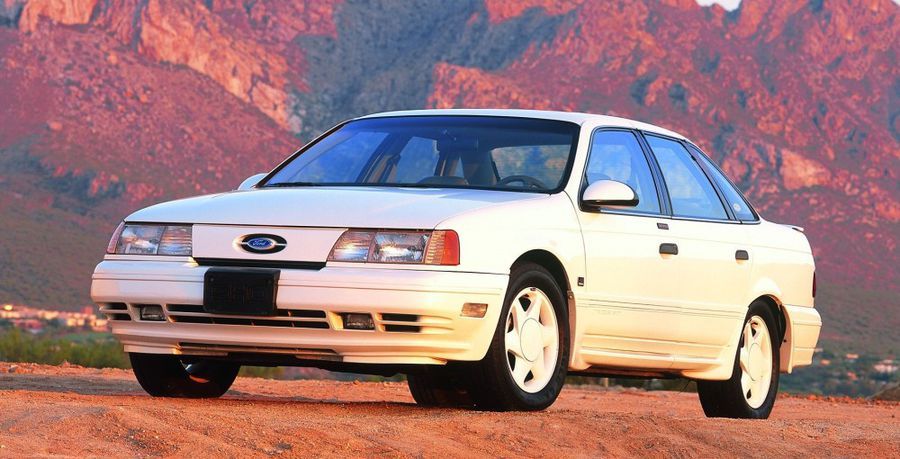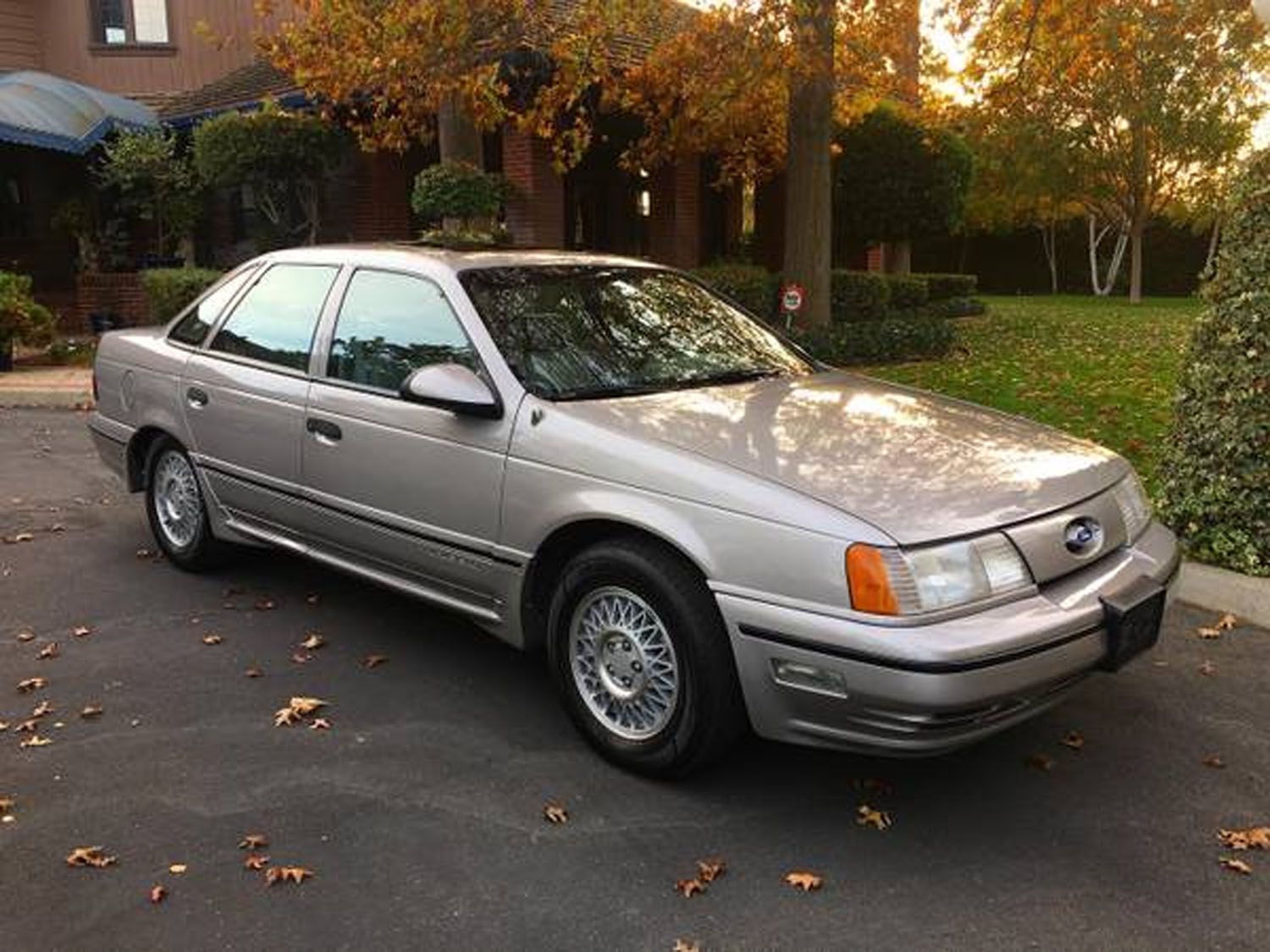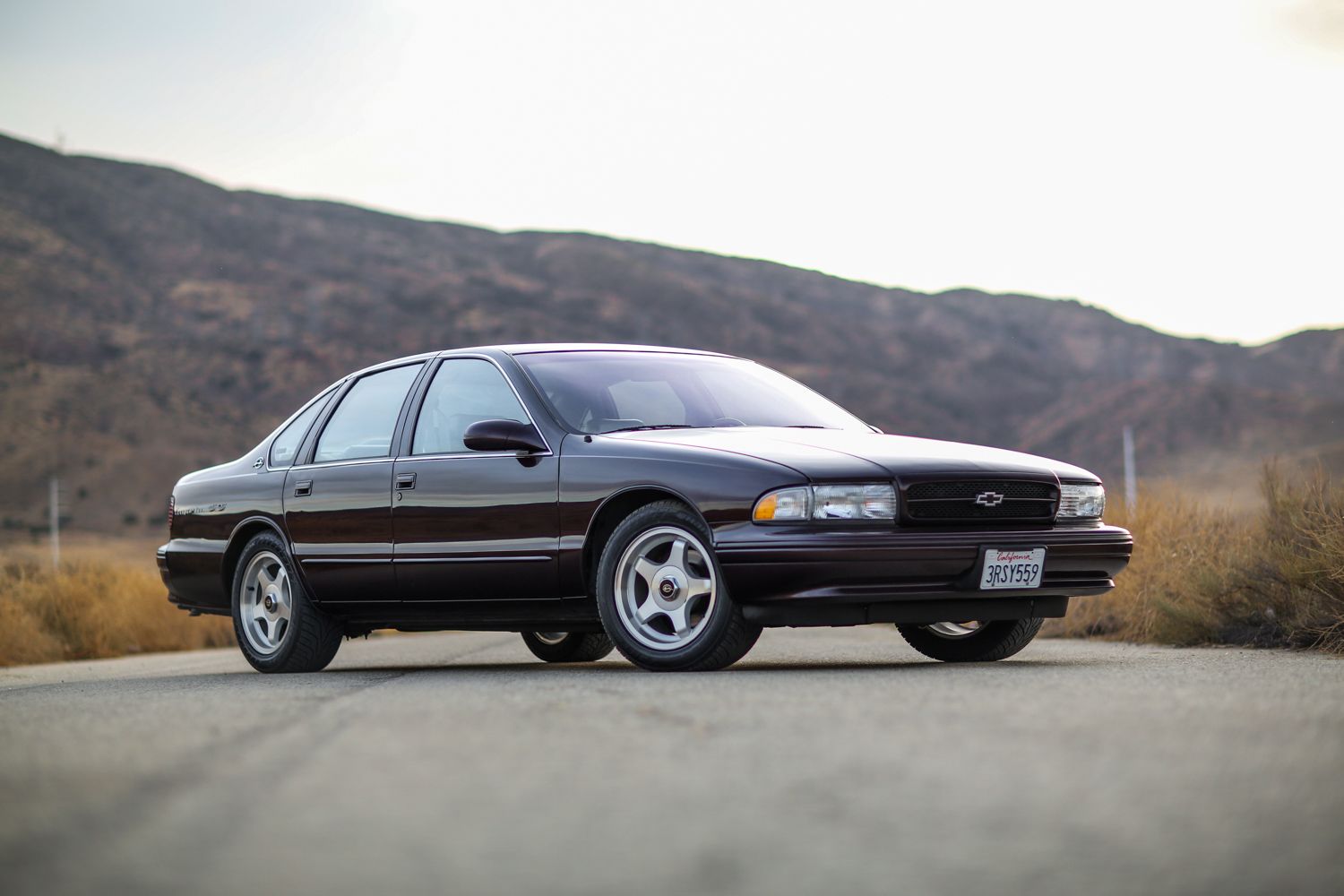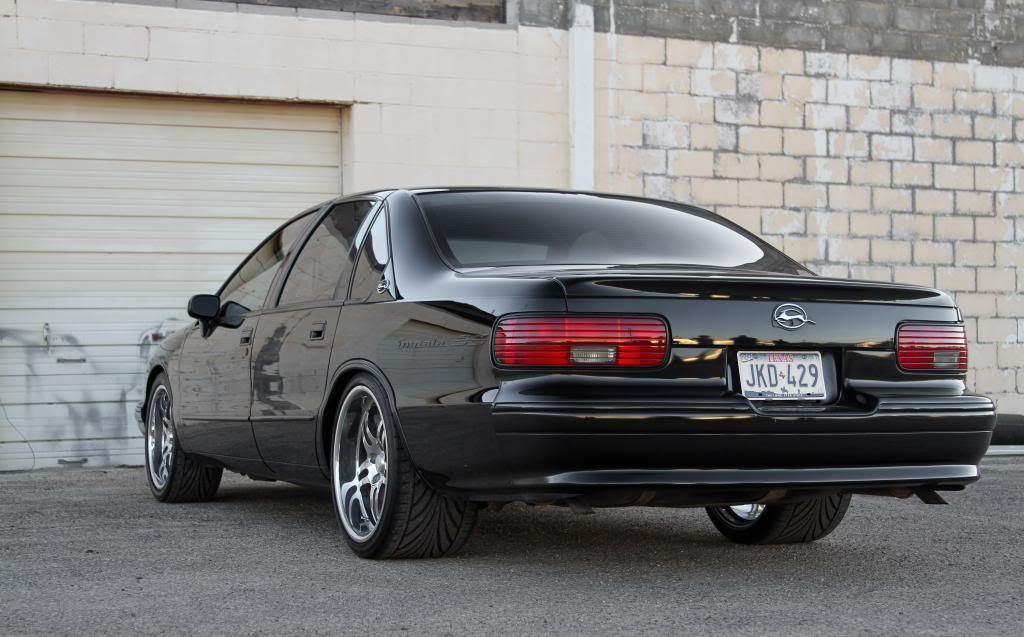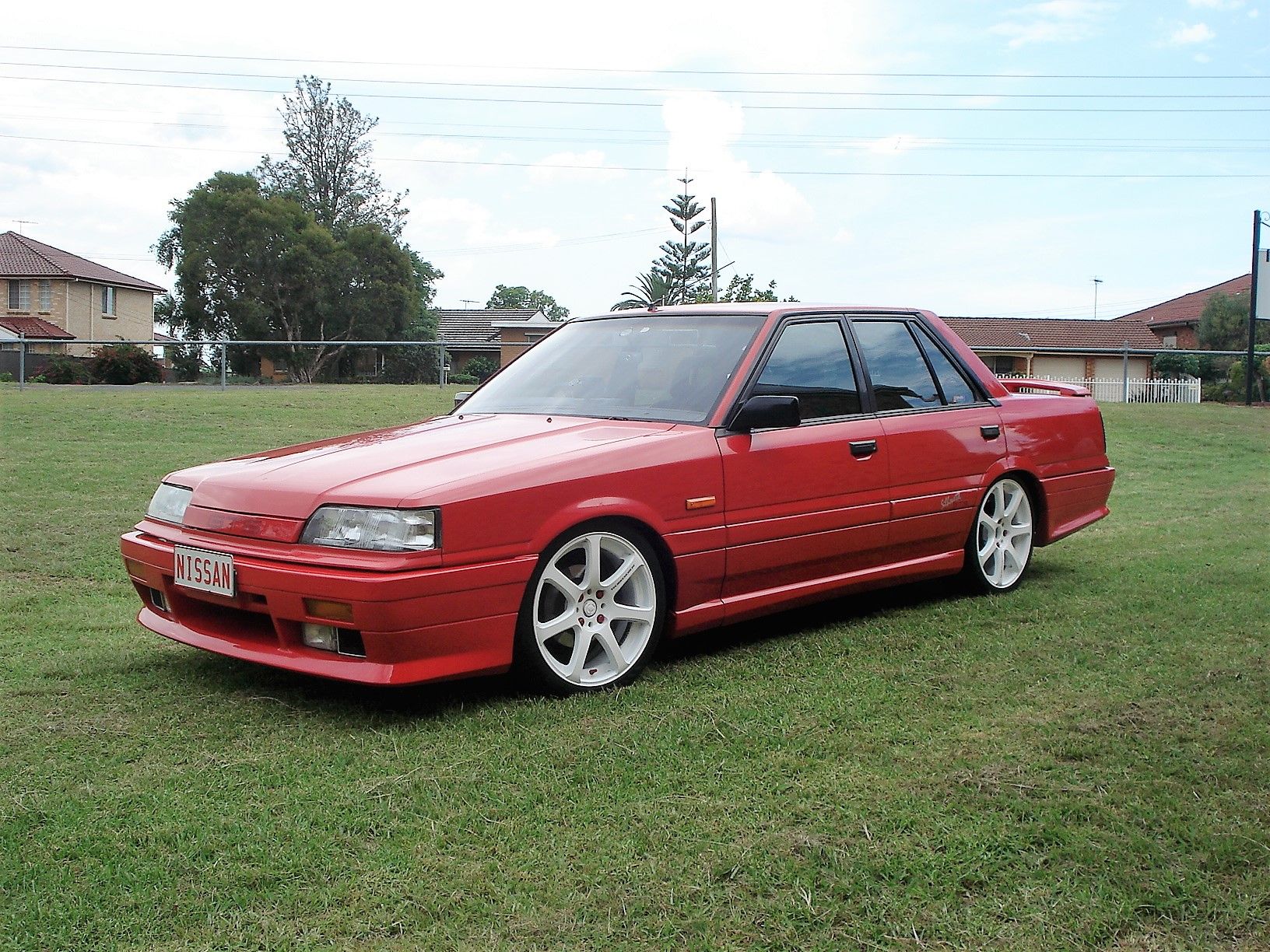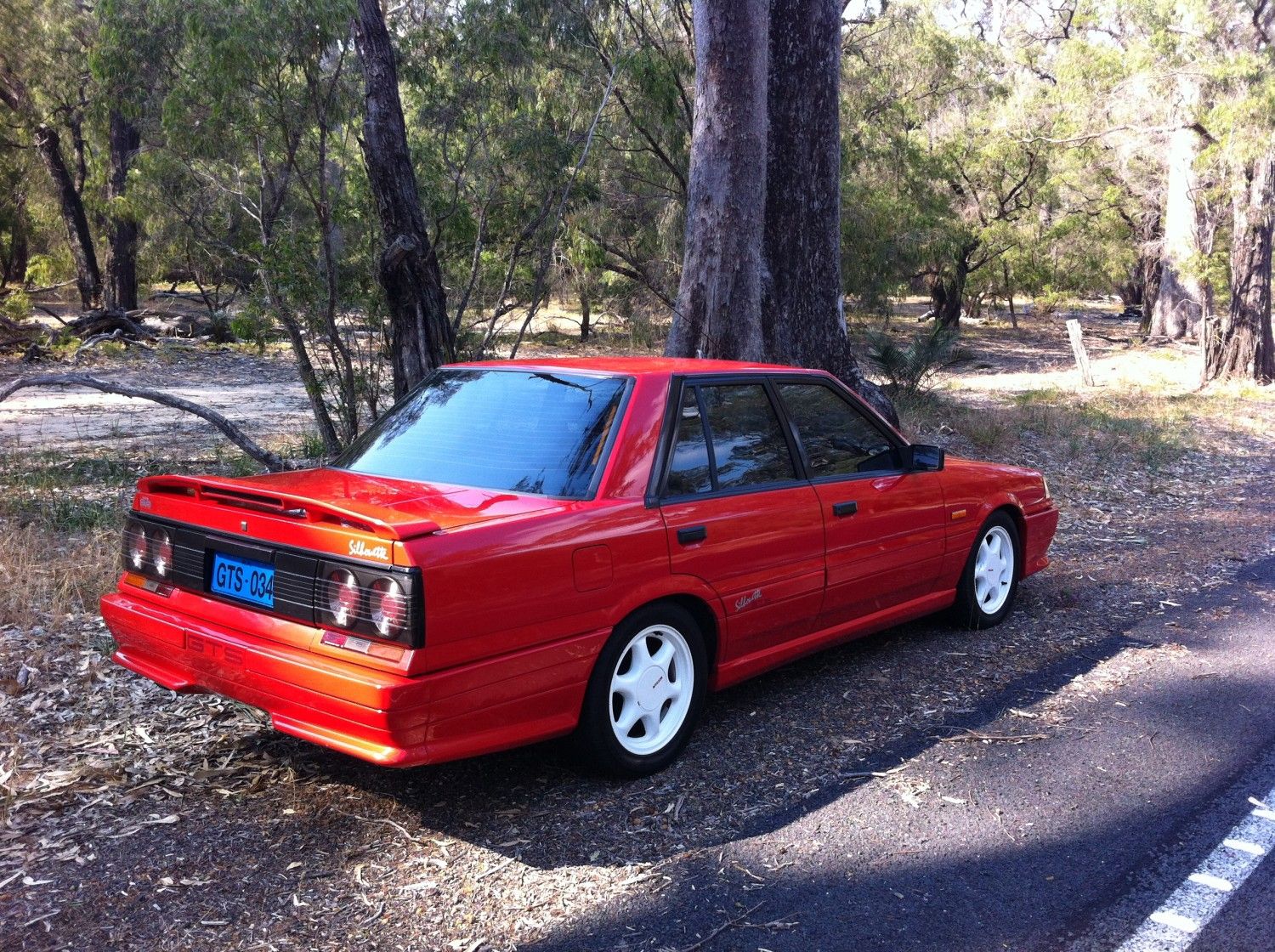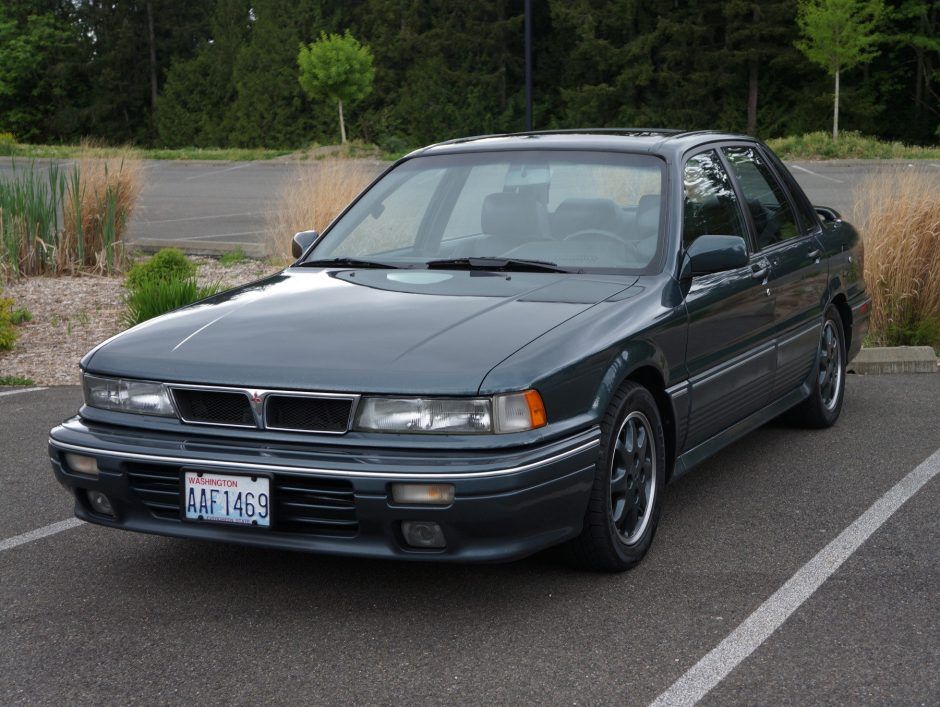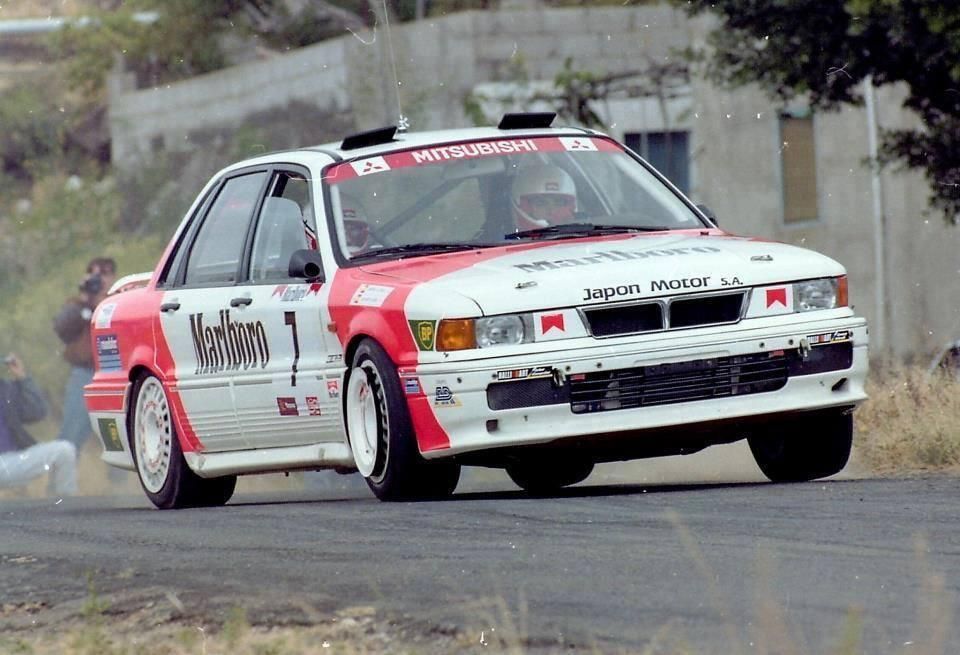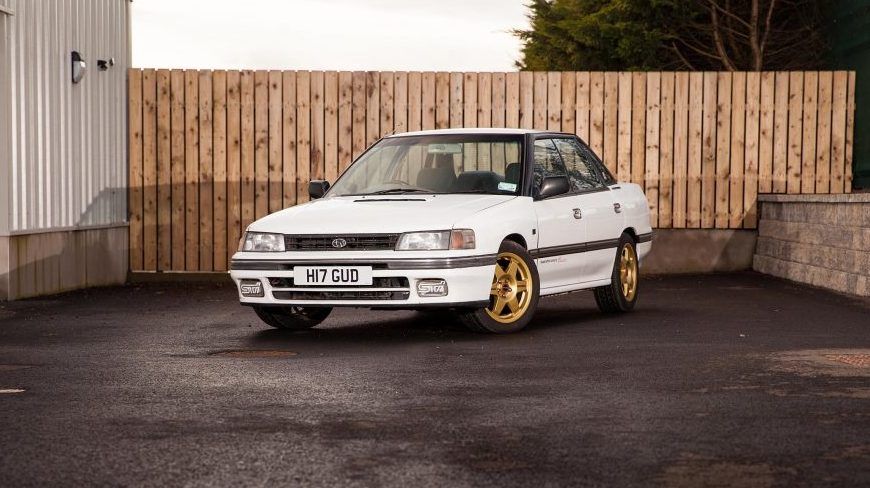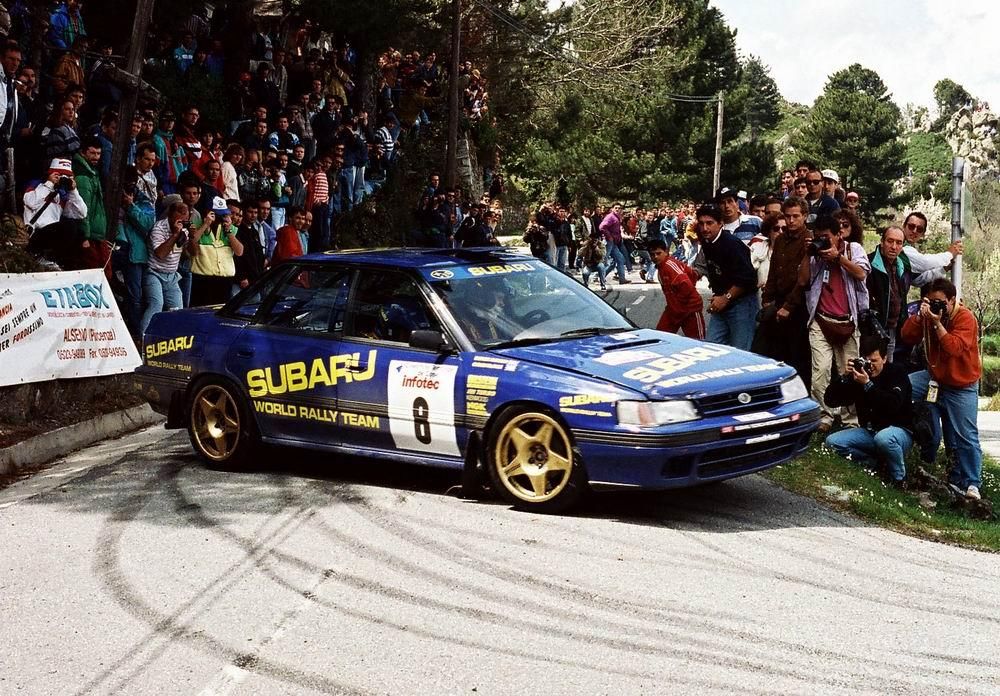In today's car industry, the sedan is slowly dying. At one point the prime choice for a daily driver and family car, sedans have been losing popularity over the last decade, sliding in sales as SUVs and crossovers eat up the entire market. Capable of some serious performance and driving fun nowadays, SUVs offer a comfortable and capable experience on-road and off, as well as much more practical than a traditional sedan. But, it used to be that a sporty sedan was the ultimate in performance and practicality, and an SUV was a rough and rugged vehicle - with on-road performance being an afterthought.
While a variety of holdouts do still remain on sale today, the sports sedan is slowly being ignored, with fewer and fewer options available each year. But they've had a long history of offering surprising performance in a practical, everyday vehicle. Certain models like the BMW M5 have stuck around through the segment's history, but many haven't met such a fortunate fate, ending up forgotten by most people in the process.
So, read on, to see 10 of the greatest and most awesome sports sedans that you probably forgot even existed in the first place.
10 Iso Fidia
Luxurious, stylish, and monstrously powerful, the Iso Fidia was a unique Italian sports sedan with American power that saw much of its potential cut short by a bad press release.
Starting his career making refrigerators, Renzo Rivolta founded Iso after WWII ended. Initially building the brand through a focus on scooters, and the Isetta micro car, Iso would later license the Isetta to BMW and begin making luxurious and powerful cars with the funds from that deal. Establishing Iso as a low-volume builder of spectacular cars, the luxurious and sporty Rivolta and Grifo came out in the early '60s.
Following up those two sporty 2-door models with a sedan, the Fidia was released in 1967 as the Rivolta S4. Later re-named the Fidio, an ultra-luxurious interior built from wood and Italian leather made it a wonderful place to be, and a 327 cu-in Chevy V8 gave it some serious muscle car power. Unfortunately, on its Athens press release, only cheap low-quality fuel could be found, making that V8 run poorly and hampering its reputation in the process. But, celebrities like John Lennon saw past that and purchased a Fidia, and the sporty exotic sedan lasted on sale until 1974 - the year Iso as a company went under.
9 Lotus Carlton
One of the fastest sedans of its day, the Lotus Carlton was a British monster that was so ridiculously fast, that people wanted to stop its sales altogether.
Starting off life as the yawn-inducing Vauxhall Carlton (also sold as the Opel Omega), Lotus set out to turn the unremarkable commuter into something so wicked, it would annihilate any proper sports cars that challenged it. Accomplishing this by installing twin turbochargers and an intercooler onto the GM sourced inline-6, sending power through a Corvette ZR-1 sourced 6-speed manual transmission, and managing the power delivery with a limited-slip differential. Good for 377 hp, the Lotus Carlton hit a 176 mph top speed and was sold from 1990 until 1992.
8 Aston Martin Lagonda
Aston Martin's strangest car, the Lagonda is a classically wedge-shaped vehicle that remains about as unique looking as possible—both inside and out.
Devised as a way to recover the brand's faltering funds during the early '70s, the Lagonda was a luxury car that pulled out all the stops to be a spectacular and attention-grabbing vehicle. Debuting in 1976, the Lagonda was about as futuristic as a car could get back then, with (at the time) state-of-the-art technology like a fully digital dashboard, in-car color TVs, and of course all the luxury trimmings you could hope for. An intensive car to build, just one Lagonda was built per week at Aston Martin's factory. While it was more luxury-oriented, the Lagonda was still a strong performer with Aston Martin's sporty DNA and made 280 hp with its V8 - a very strong power level for the late '70s.
7 BMW Bavaria
The only BMW model not to use a number for its name, the BMW Bavaria was a beautiful and sporty sedan that helped propel BMW forward as the ultimate driving machine.
Starting with the beautiful BMW E3 platform, which debuted in 1968, the Bavaria was a North American market exclusive version of that sedan. In 1971 BMW's USA importer Max Hoffman approached the German brand with an idea, not unlike the one that birthed muscle cars - take the lighter, basic spec 2500 E3, and give it the more powerful engine from the 2800.
Naming the car "Bavaria," larger engines would later end up in it. Despite this German muscle car receiving good reviews, being respectably fast, well built, and absolutely gorgeous, sales were slow due to its high price. Starting in 1975 though, the Bavaria nameplate disappeared, and the sportier E3 went back to having a number for its model name.
6 Rambler Rebel
A muscle car pioneer that is often forgotten, the Rambler Rebel is a hilariously weird-looking car from AMC, but also one of the single fastest cars on sale during its day.
A historic nameplate for AMC, "Rambler" was originated with Nash, who later merged with Hudson to form AMC. By the mid-'50s, Rambler models were selling well but were known as affordable commuter cars rather than anything exciting. Based on the 1957 Rambler sedan, the Rambler Rebel elevated the average sedan into a monster.
While the Oldsmobile Rocket 88 was made before it, the Rambler Rebel was among the first true muscle cars to hit the market. Using a 327 cu-in V8 that threw down 255 hp, adjustable shocks, and stabilizer bars, as well as a choice of better performing transmissions, the Rambler Rebel was a monster for the late '50s. Tested by Motor Trend in 1957, the Rambler Rebel came out on top, being the second fastest car they tested that year.
5 Ford Taurus SHO (1st Gen)
Judging by the looks, and associations of its name alone, the Taurus SHO should be an understandably forgettable, and downright boring car. But it wasn't, instead being a shockingly fun thrill ride was surprisingly cool engineering under the hood.
Released in 1989, the 1st generation Taurus was about as boring as a sedan can get. Soft and filled with plastic, the Taurus was a strong seller but had no associations with performance or fun. Setting out to change that, and bring attention to the newly introduced model, the Taurus SHO was an intensive project and one that saw Yamaha collaborate with the blue oval.
A seriously innovative design for the time, the Taurus SHO's V6 engine was a high-revving banger made by Yamaha and produced 220 hp - respectable sports car power for 1989. Only offered with manual transmission for its first years, a MotorWeek review at the time summed up the Taurus SHO's merits well, stating that "The SHO is the first true American sports sedan, and it doesn't just compete with the sport sedans from Europe - it outruns them!"
4 Chevrolet Impala SS (1994-1996)
Another American sleeper that's boring only in looks and name, the Impala SS was an awesome factory-built muscle car that handled well enough to be considered a sport sedan.
With the Camaro and Corvette serving as Chevy's only real muscle offerings during the '90s, an idea came about to revive the full-size muscle cars that dominated during the '60s and '70s. Starting with the incredibly boring 4th generation Caprice, Jon Moss - the head of GM's Special Vehicle Group at the time, the Impala SS came to life in 1992 for the SEMA Show.
Put on sale in 1994, the Impala SS was RWD, used the Caprice's stiff suspension police package, a set of thick sway bars, big disc brakes, and most importantly, the LT1 V8 sourced straight from the Corvette. A thrilling car, and sick sleeper, the Impala SS reviewed favorably against much more expensive offerings of the time like the Mercedes-Benz S500 and performed like a true muscle car.
3 Nissan Skyline Silhouette GTS2
While the Skyline's ultimate performance version, the GT-R, is the one everyone remembers, the R31 generation (which had no GT-R version) is still a sweet Japanese sedan and was made into a proper road-going race car as the Silhouette GTS2.
Serving as the Skyline's 7th generation, the R31 debuted in 1985 and was limited to the Japanese and Australian markets. A totally boxy design, the R31 offered some well-balanced handling and decent power but would see its most exciting forms created for touring car racing. Seeing particular success in the Australian Touring Car Championship, the Silhouette GTS2 was a unique performance model made for Australia only.
Referred to as the GTS2 by enthusiasts to differentiate it from a previous special edition Skyline GTS model, the GTS2 was released in 1989 and was a highly limited edition of just 200 cars. Extensively modified with handling and power upgrades, including brakes from an actual Skyline racecar, the GTS2 was also stripped of most creature comforts to make it a lightweight performer. While only making around 190 hp, the Skyline Silhouette GTS2 is a raw racecar for the road that most people don't even know exists.
2 Mitsubishi Galant VR4
With the direction Mitsubishi's model lineup is going, it's incredibly easy to forget that at one point they made truly exciting and sporty cars. One of their most underrated creations, the Galant VR4 is a sick rally-bred sedan that most people forget exists.
Alongside Subaru and their WRX STI, Mitsubishi is iconic among enthusiasts for their rally success, spawning road-going beasts like the Lancer Evolution. Much like Subaru as well, the legendary Lancer Evo came after a still monstrous, but much less appreciated sedan - in Subaru's case, the Legacy, and in Mitsubishi's case, the Galant.
The Galant VR4 was no ordinary Galant either, instead of being a rally-bred monster with AWD and a wicked engine. That engine in particular was the 4G63T, which went on to become a tuner icon inside the Lancer Evo for its ability to handle some serious power. Offering true rally heritage, as well as classic and aggressive JDM looks, the Galant VR4 was sold from 1987 until 1992 and is one of the most underrated performance beasts to come out of Japan.
1 Subaru Legacy RS Type RA
As mentioned, the car (WRX STI) that most people think of when talking about Subaru's rally dominance replaced a rather normal sedan - the Legacy. The Legacy RS Type RA on the other hand was a record-breaking, rally-bred car, and the first STI model.
Subaru's long-running, rather boring everyday sedan, the 1st generation Legacy debuted in 1989 and really didn't look like anything special thanks to its simple boxy design. But, keen on earning respect for the well-engineered car, Subaru entered it into the WRC, creating the performance version known as the Legacy RS, and made an even more special variant called the Type RA that same year.
Designed to break the 100,000km endurance driving record, the RS Type RA ("Record Attempt") managed to break the record, covering the distance in 19 days of near non-stop driving. Introduced in road-going form as a limited edition of just 100 units at first, the Legacy RS Type RA was filled with STI modifications like forged pistons, new exhaust, better suspension, and plenty of other parts and tuning that made it an unsuspecting beast. A model few outside the Subaru enthusiast world know about, the Legacy RS Type RA is a rare and powerful car with deceivingly boring looks.

